Mutations in the mitochondrial DNA in developing egg cells increase less with age in rhesus macaques than in other tissues
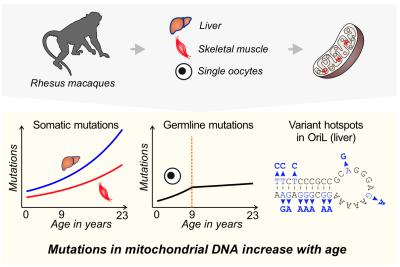
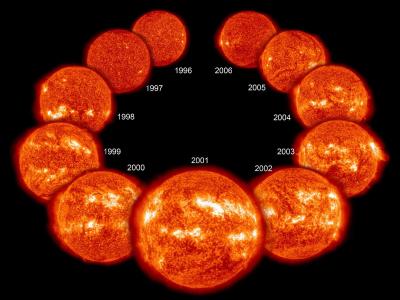
A sun-like star could explain why our Sun stopped its sunspot cycles 300 years ago during the Maunder Minimum, according to Penn State.

Relationships among a grass subfamily, including wheat and barely, reveals gene-duplication events that contributed to cold adaptation.


Astronomers may have discovered a kilonova—a powerful event that occur when two neutron stars merge.
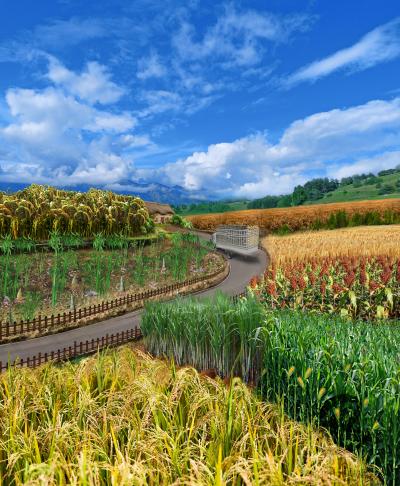
Massive study of grass family tree provides clues to the evolution of a type of photosynthesis involved in heat and drought tolerance.

A new system system for detecting the production of hydrogen gas has been designed by Penn State researchers.

Several FDA approved drugs significantly reduce the ability of the Delta variant of SARS-CoV-2 to replicate in human cells.
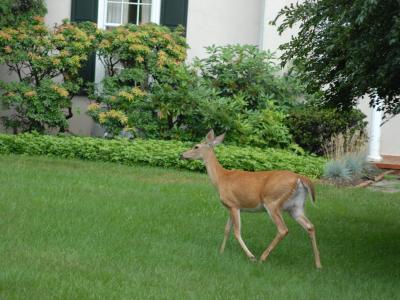
New research shows some white-tailed deer living in Staten Island, New York, are actively infected with the Omicron variant of SARS-CoV-2.
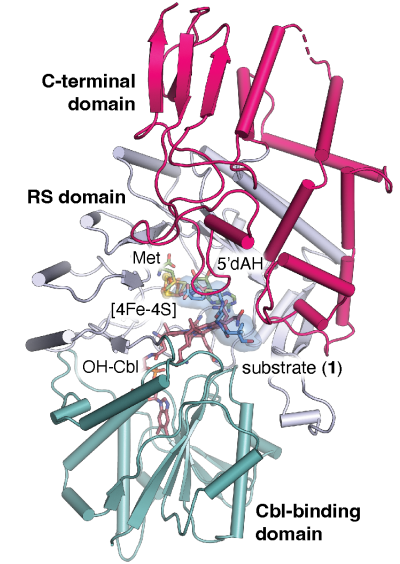
Former chemistry graduate student, Hayley Knox, collaborates with Penn State and Johns Hopkins researchers on a paper in Nature